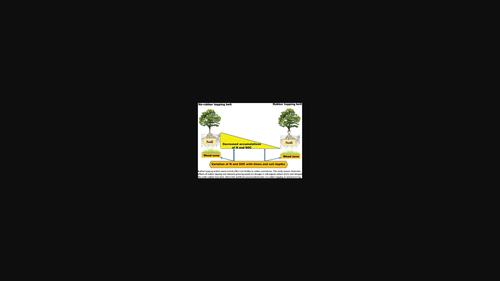当前位置:
X-MOL 学术
›
Clean - Soil Air Water
›
论文详情
Our official English website, www.x-mol.net, welcomes your
feedback! (Note: you will need to create a separate account there.)
Soil Nitrogen and Carbon Are Affected by Tapping and Weed Covering in a Rubber Plantation
Clean - Soil Air Water ( IF 1.5 ) Pub Date : 2022-08-16 , DOI: 10.1002/clen.202200146 Yongchuan Chen 1, 2 , Degang Zhang 1 , Yueye Deng 2 , Xinhua He 3, 4
Clean - Soil Air Water ( IF 1.5 ) Pub Date : 2022-08-16 , DOI: 10.1002/clen.202200146 Yongchuan Chen 1, 2 , Degang Zhang 1 , Yueye Deng 2 , Xinhua He 3, 4
Affiliation

|
Clarifying the effects of rubber-tapping and natural growth weed cover on the variations in the concentrations of soil organic carbon (SOC) and nitrogen (N) may be beneficial to rubber plantation management via optimizing soil N and C accumulations and reducing the risk of environmental pollution due to NO3− leaching. This study aims to compare the concentrations of soil total-N, available-N, NH4+-N, NO3−-N, and SOC for addressing N and C variations as affected by rubber-tapping or weed covering in a 14-year-old rubber (Hevea brasiliensis cv. GT1) plantation in Xishuangbanna, southwest China. The soil samples at 0–20, 20–40, and 40–60 cm depths between July and December 2018 were examined monthly from no-rubber-tapping tree belt (NRTB) or rubber-tapping tree belt and no-rubber-tapping weed zone (NRTWZ) or rubber-tapping weed zone. The concentrations of SOC, total-N, available-N, NH4+-N, and NO3−-N vary with soil depths and sampling date. The average concentrations of SOC, total-N, available-N, NH4+-N, and NO3−-N at 0–60 cm soil depth are significantly higher for the NRTWZs than for the NRTBs. Soil total-N was positively correlated with SOC; either positive or negative relationships are found among different soil N forms. More soil available-N and NO3−-N accumulate for tree growth under weed covering or no-rubber-tapping. These findings indicate that the variations in soil N and SOC concentrations should be taken into account as a part of rubber plantation management to improve soil N and C accumulations.
更新日期:2022-08-16











































 京公网安备 11010802027423号
京公网安备 11010802027423号